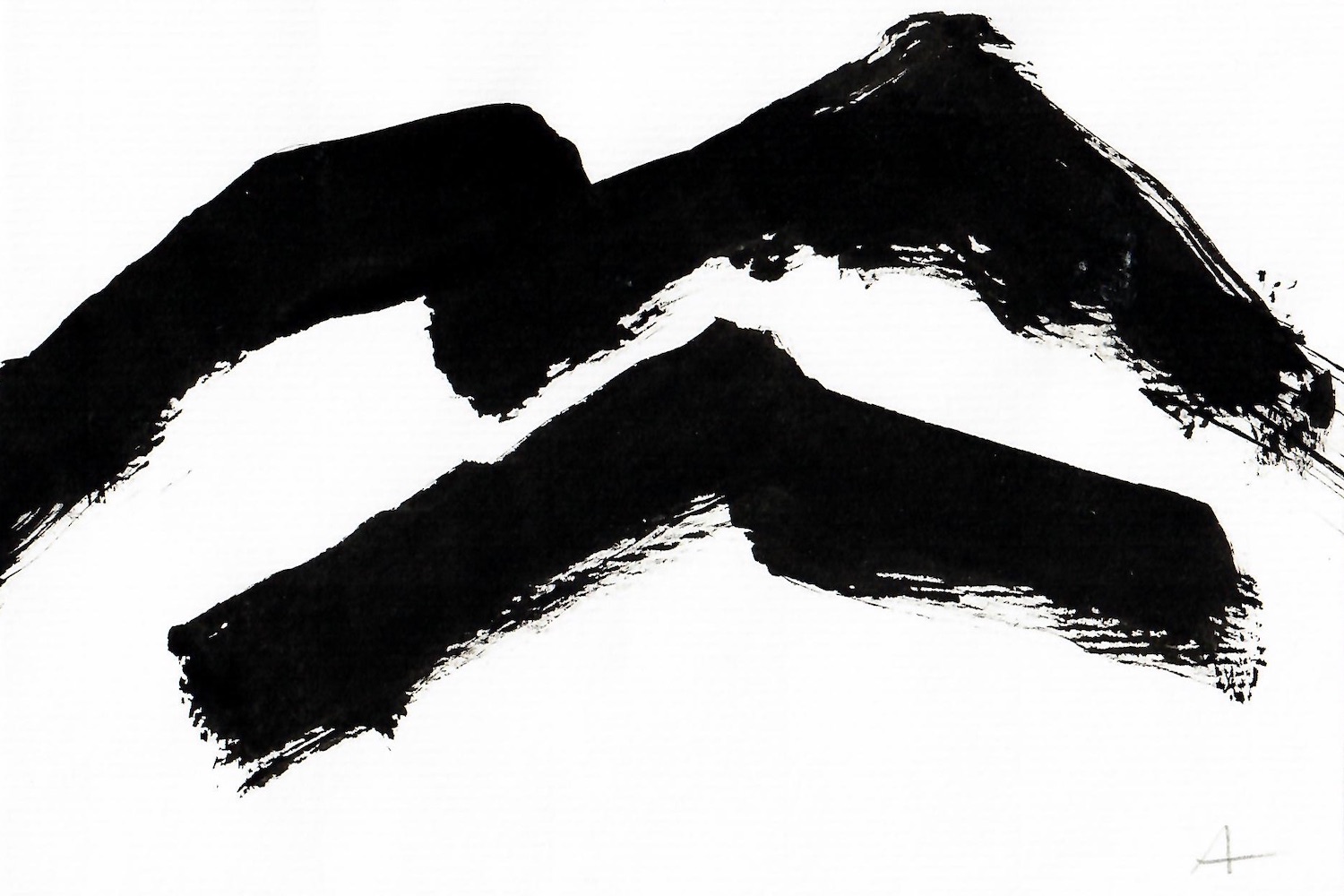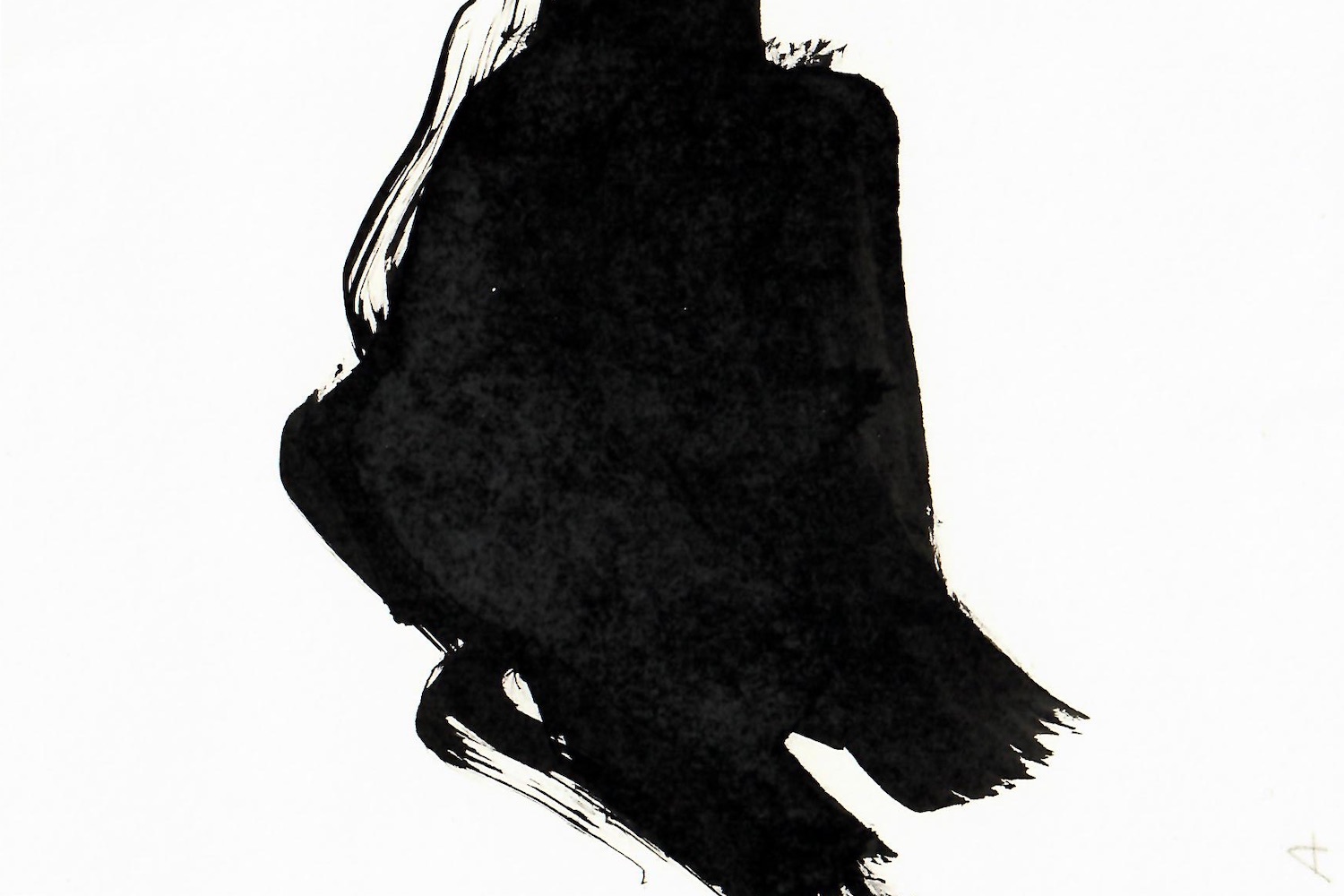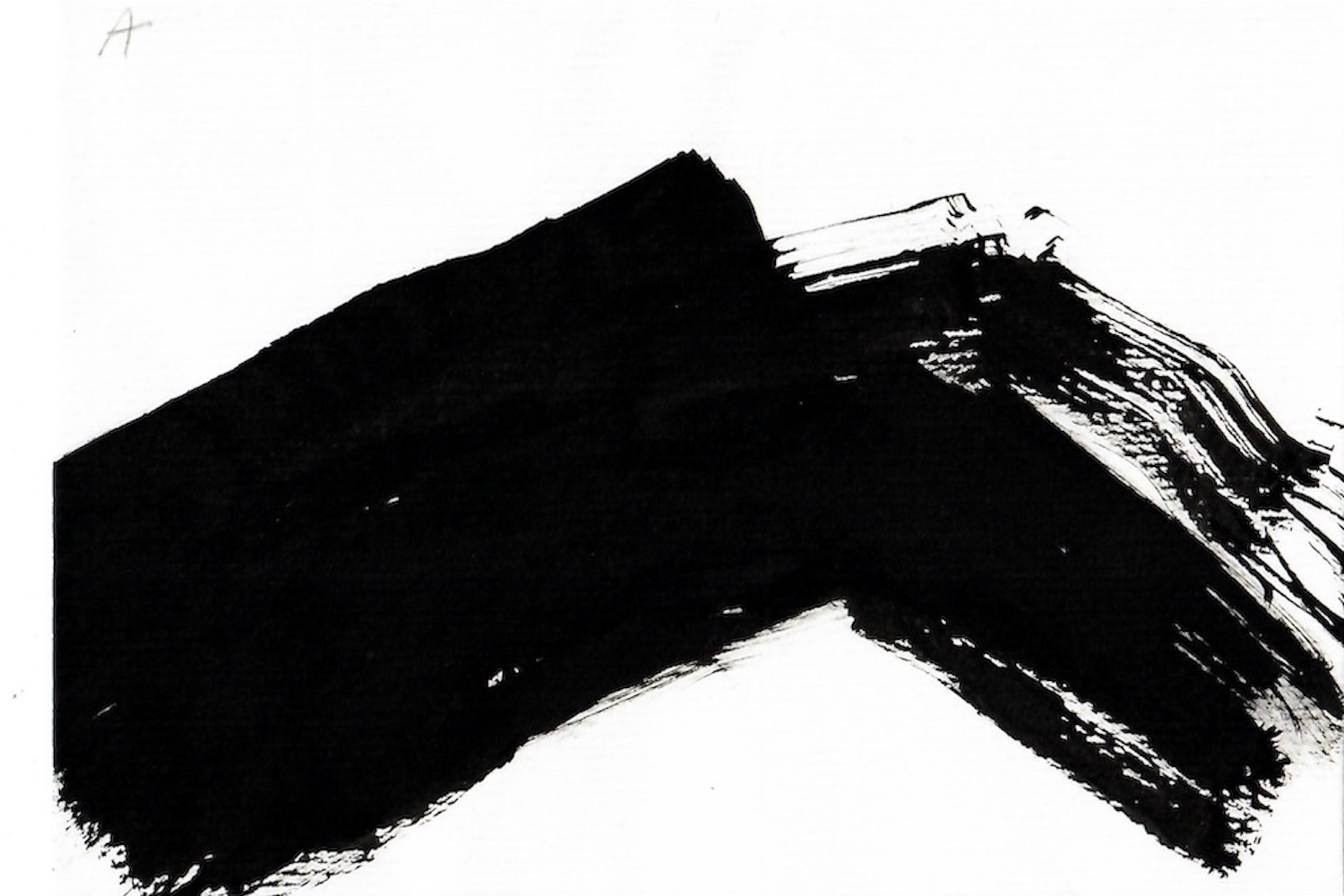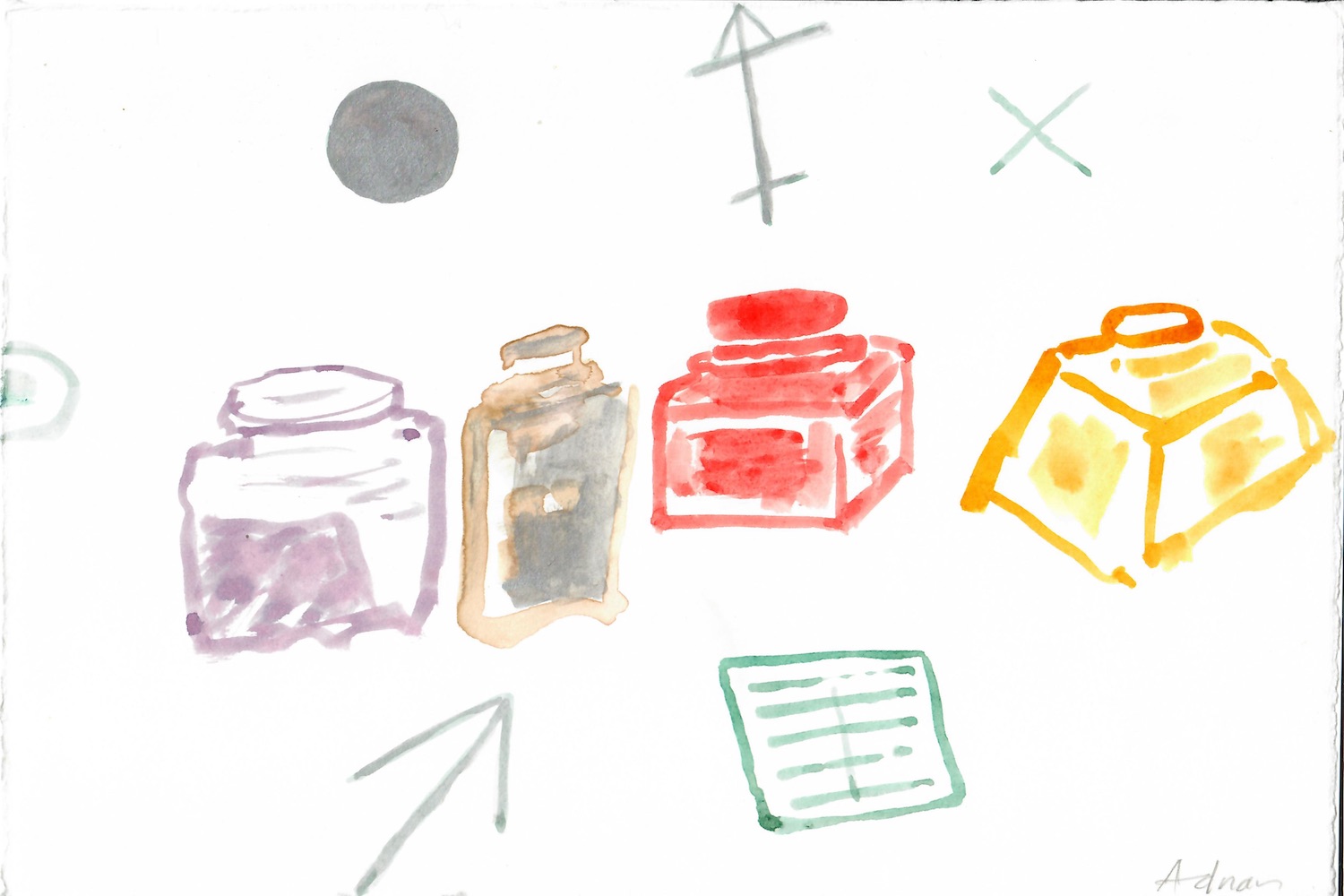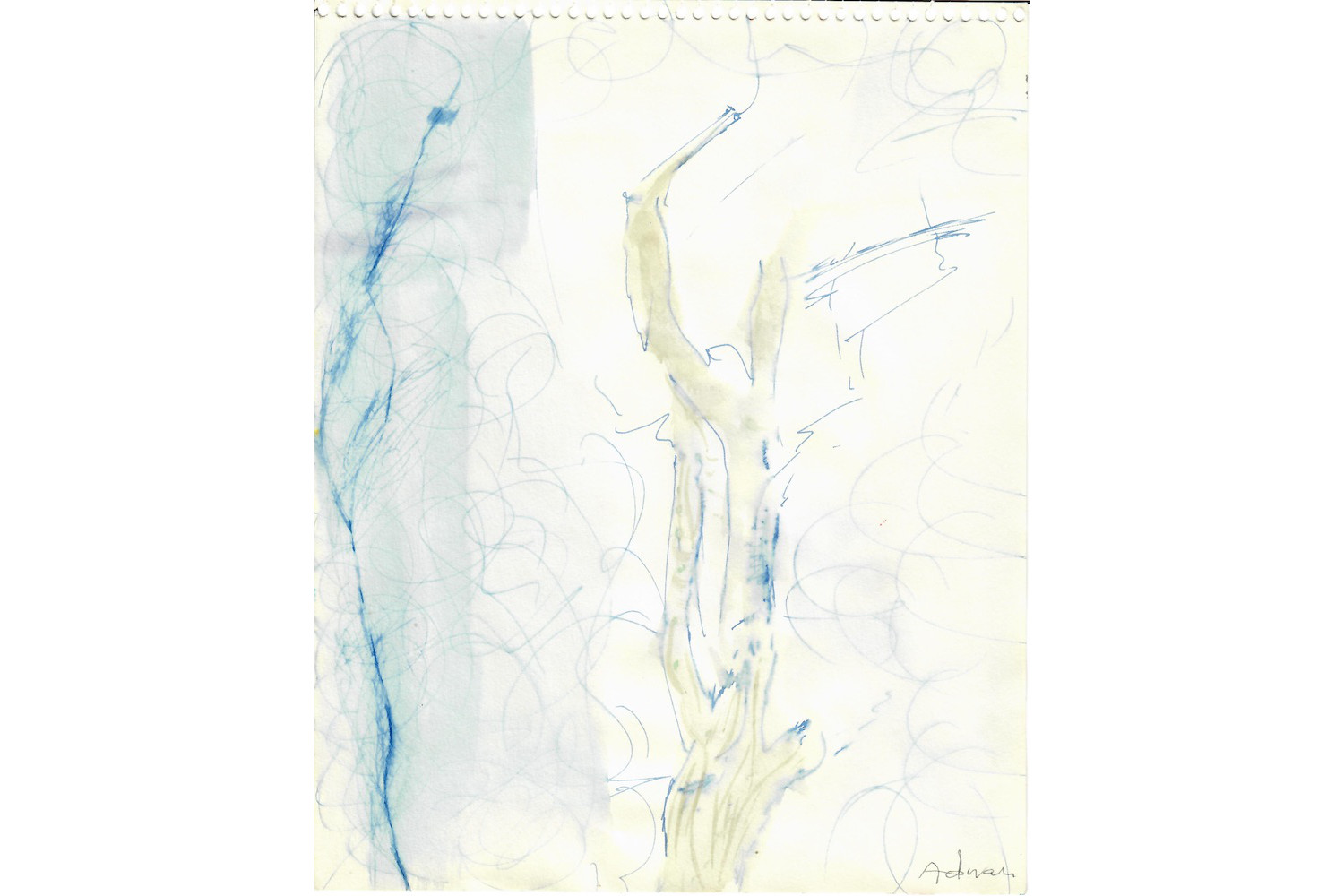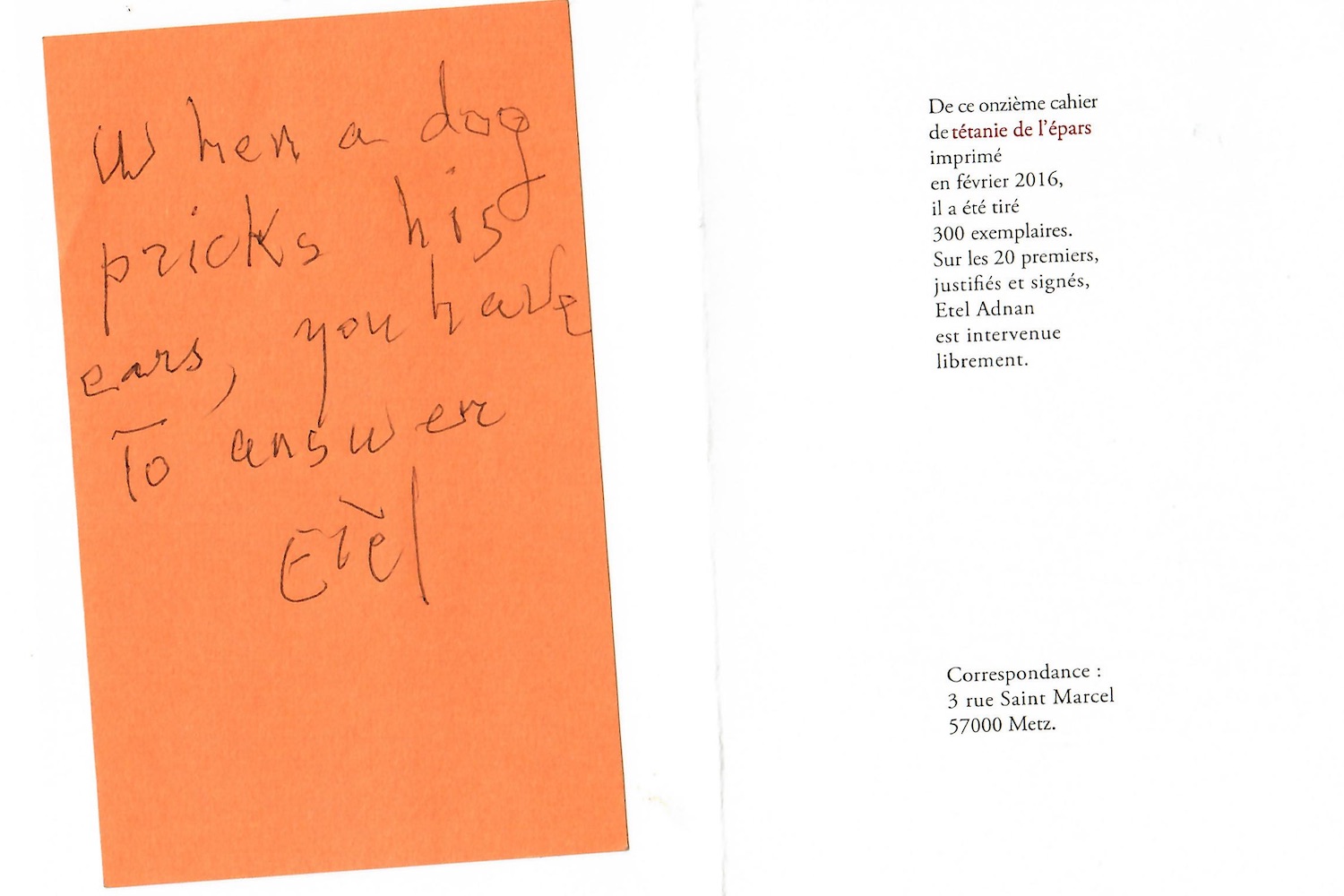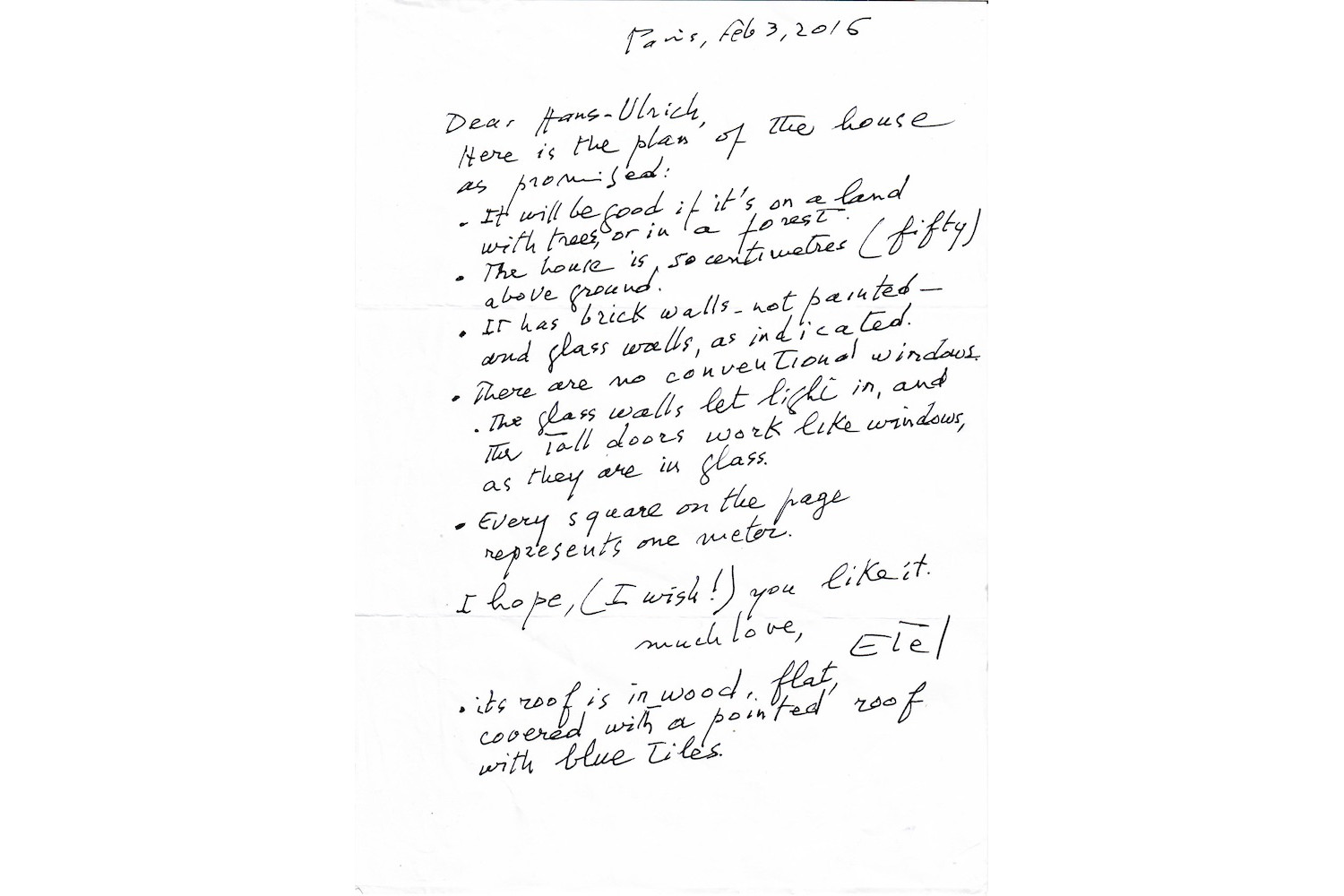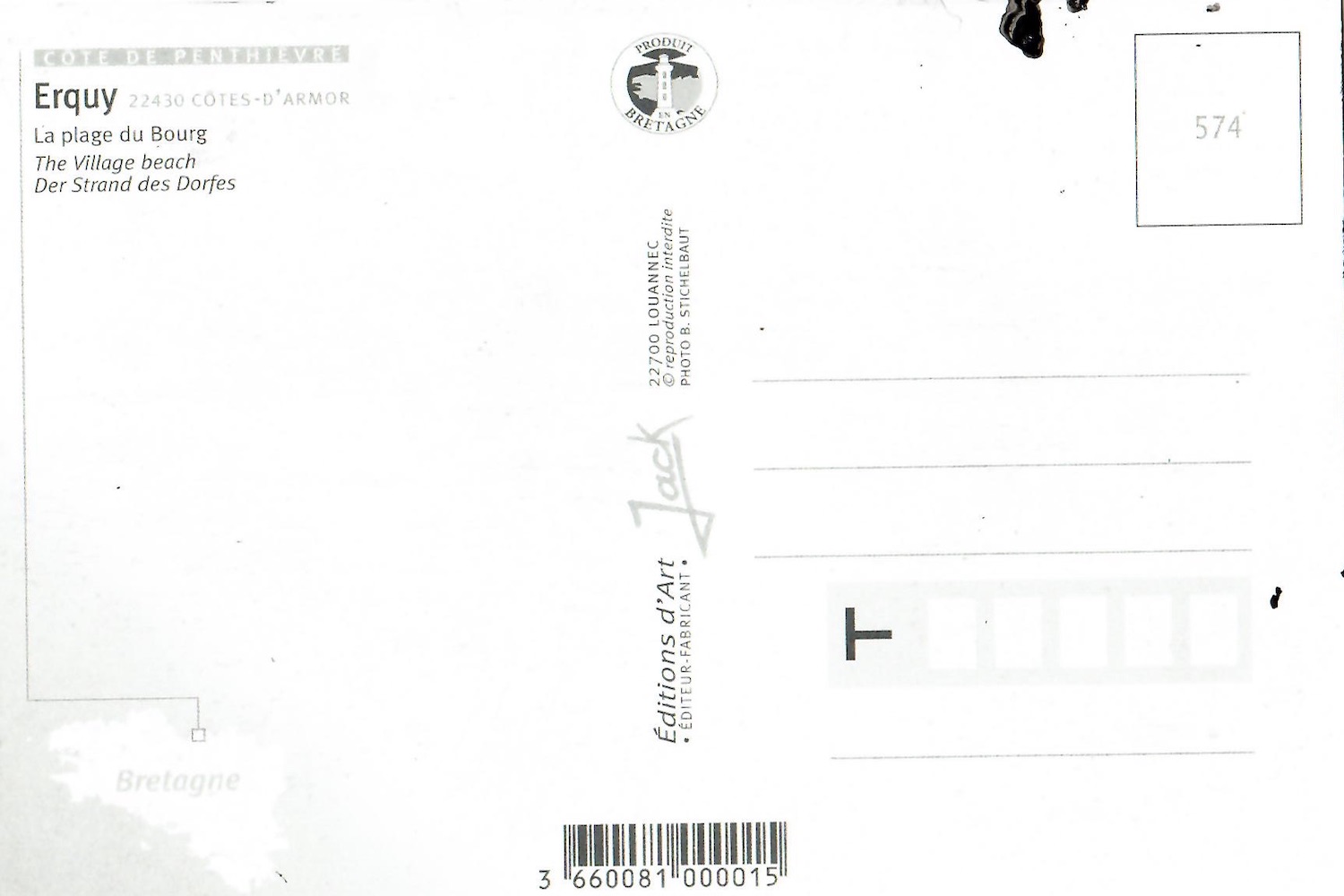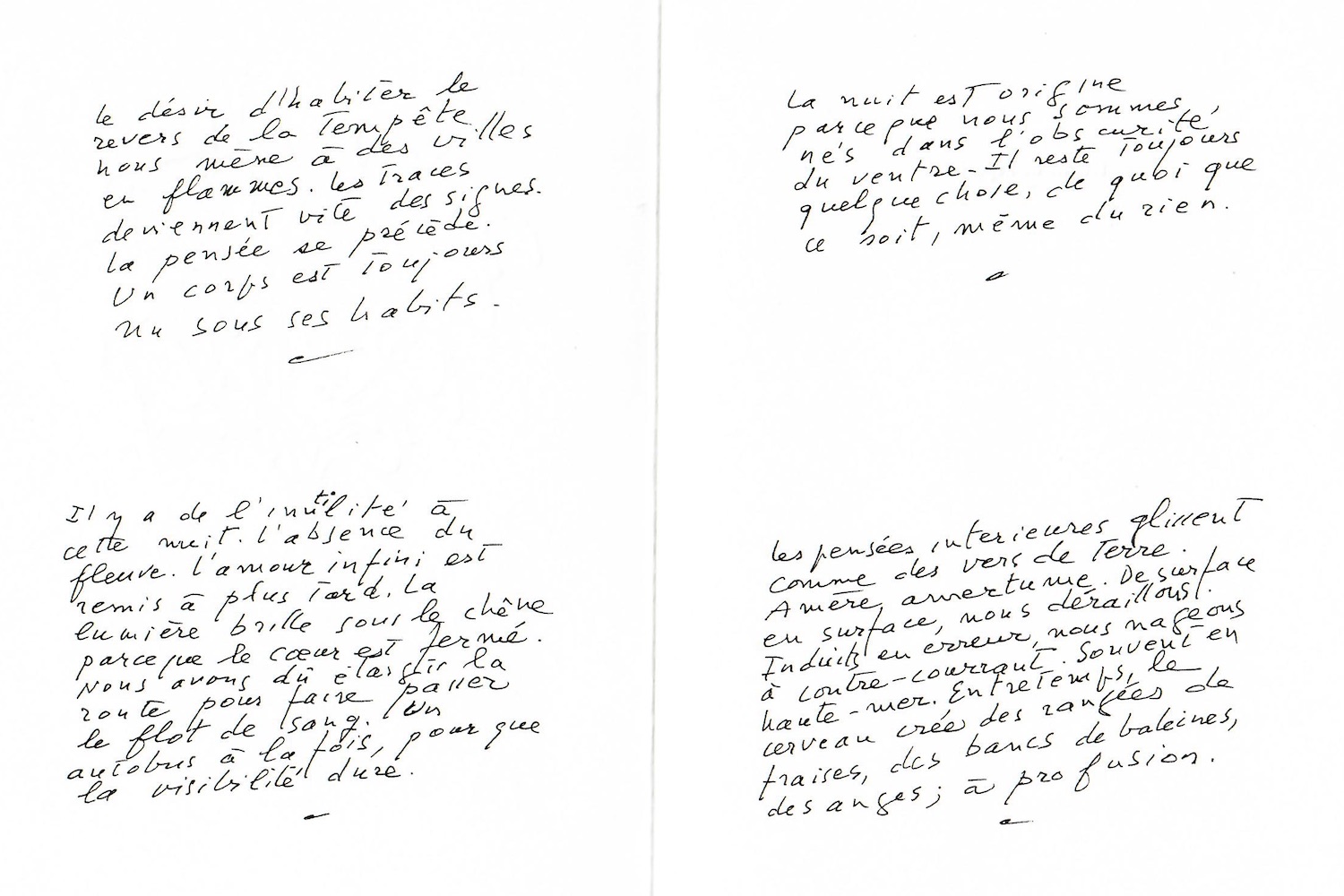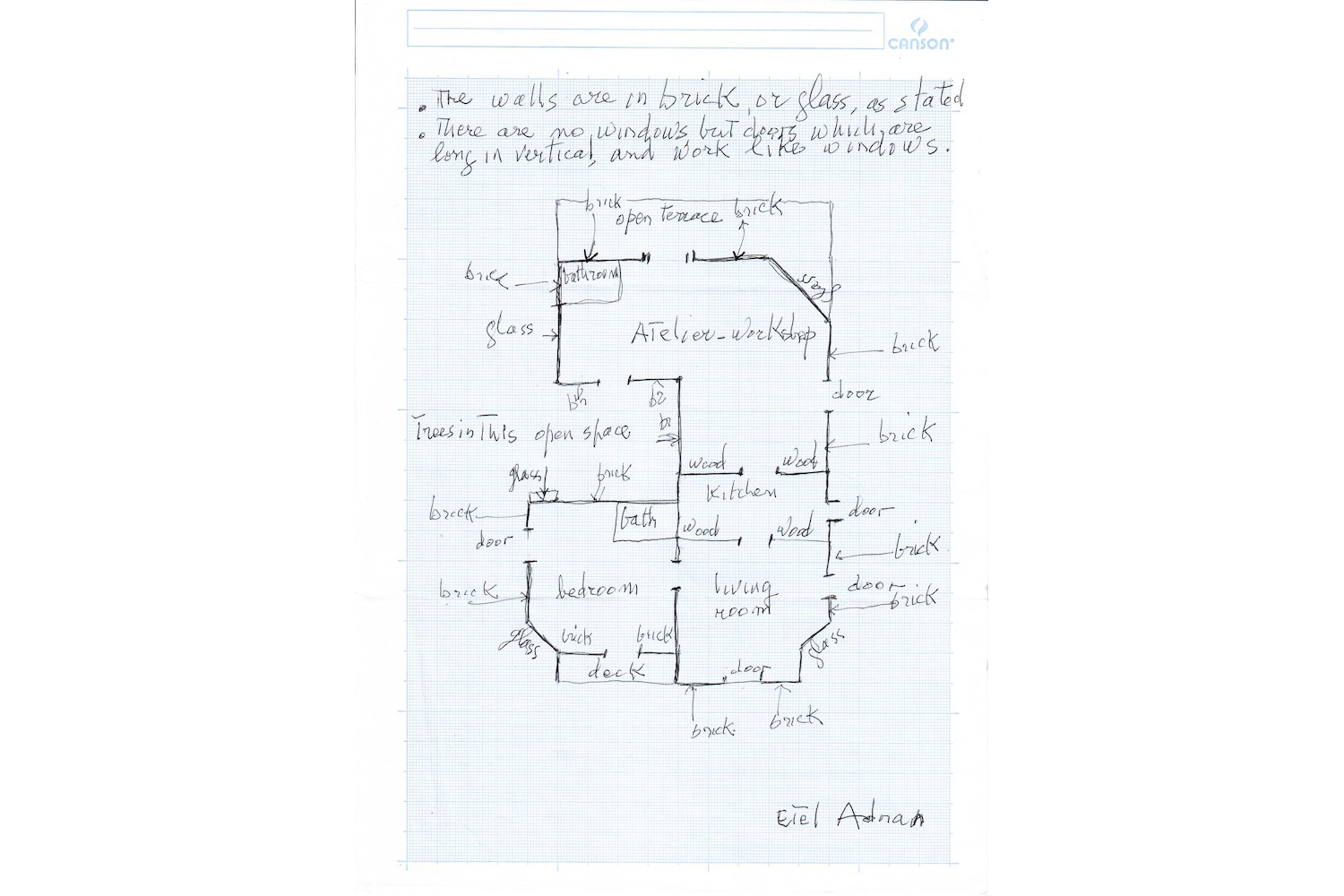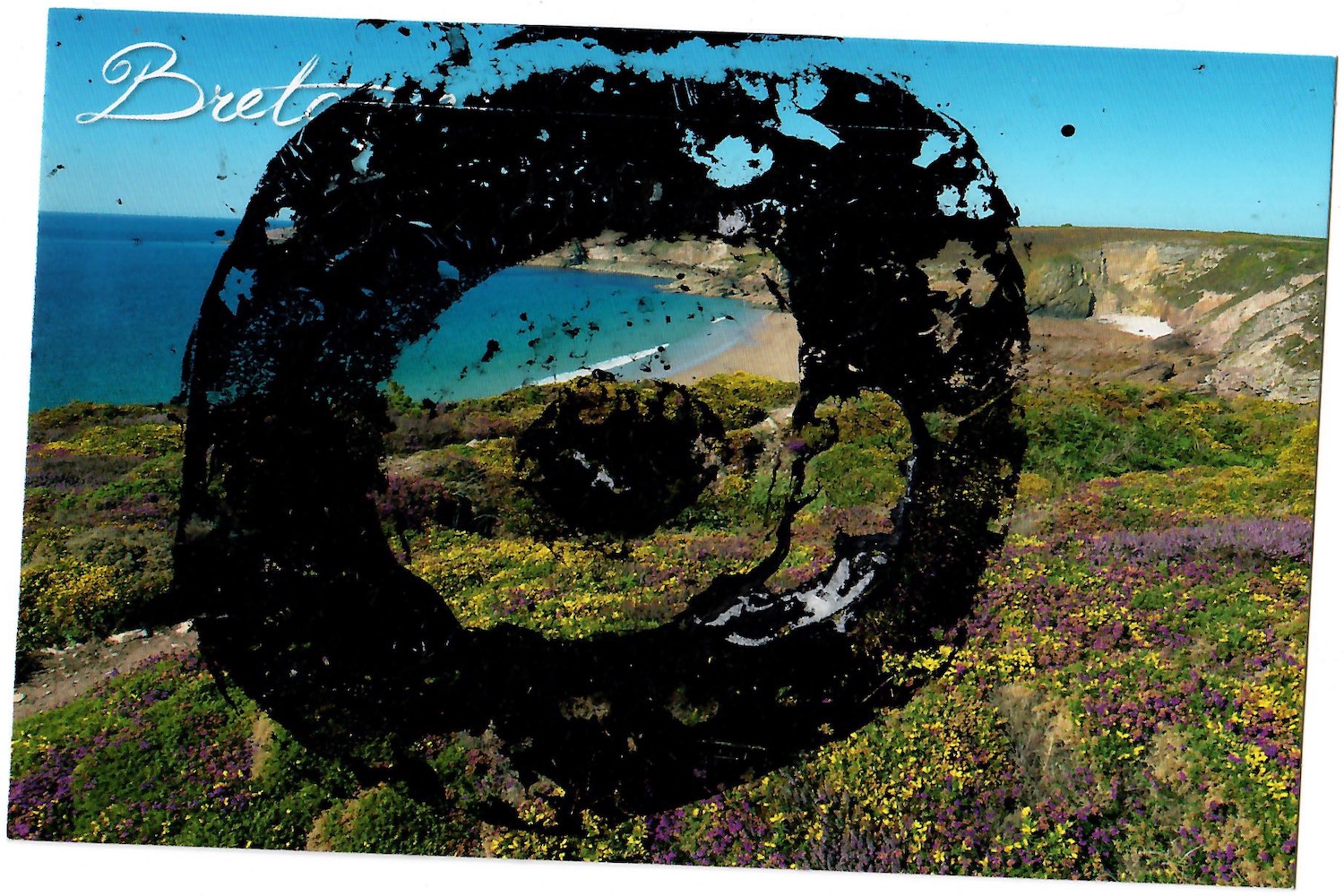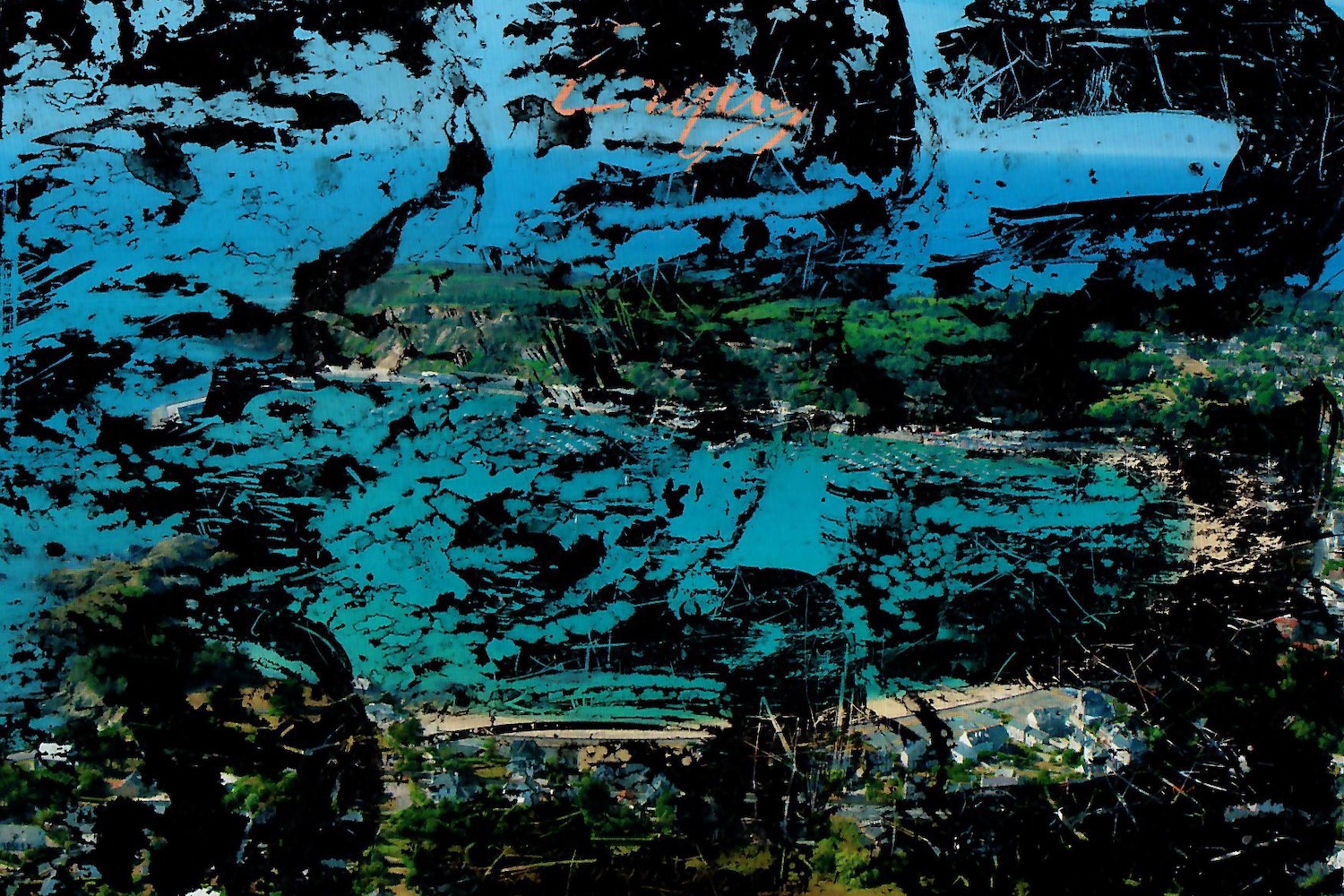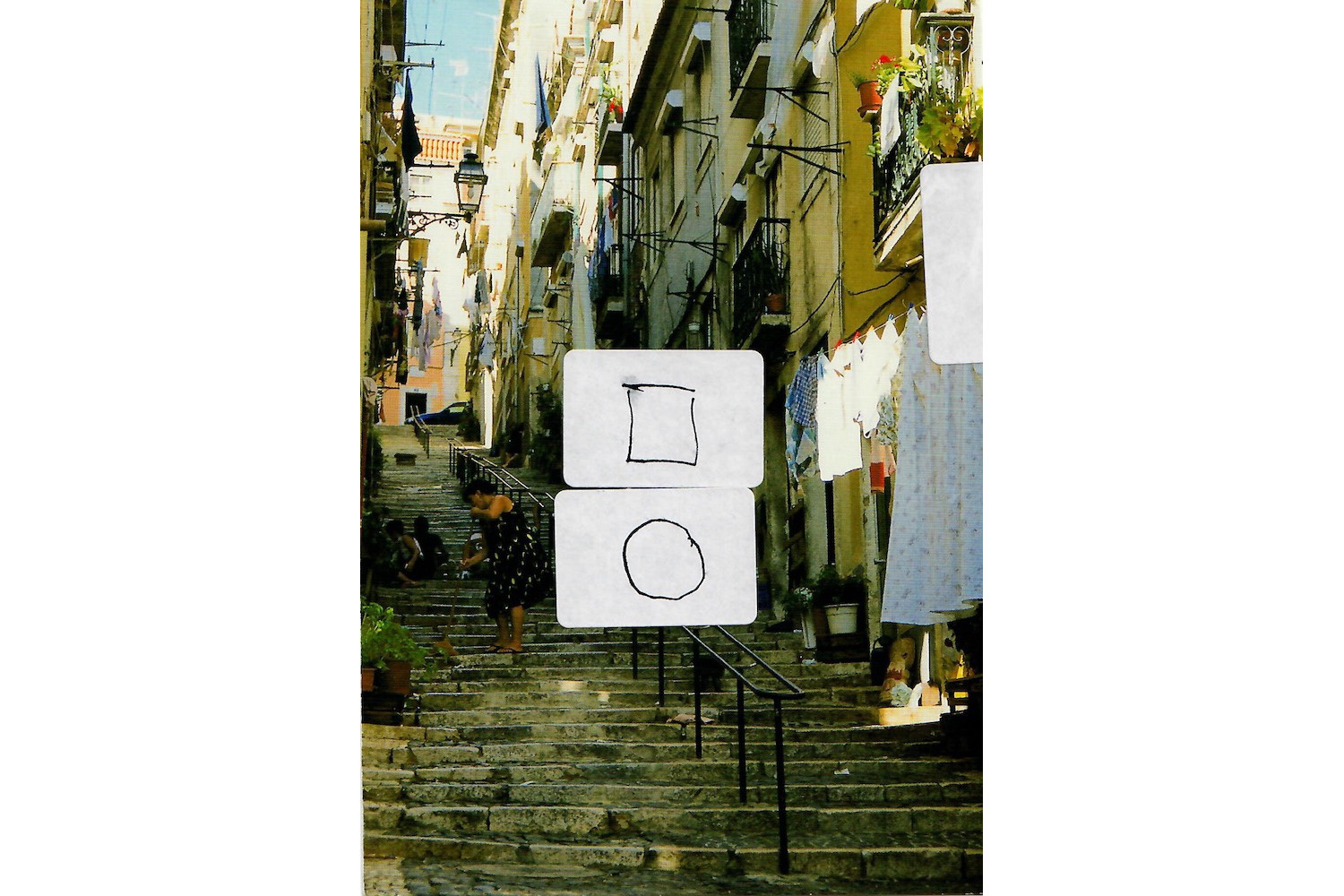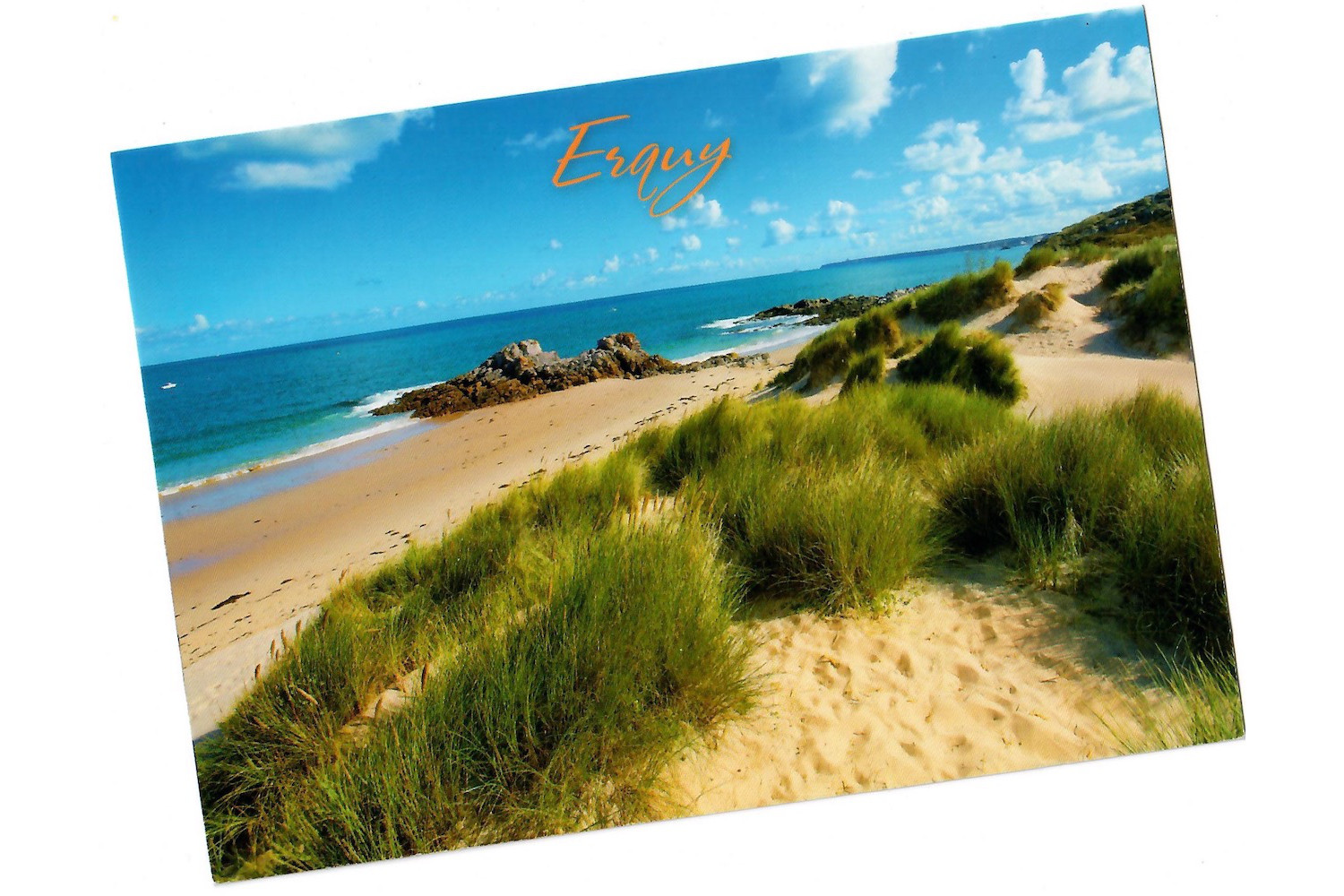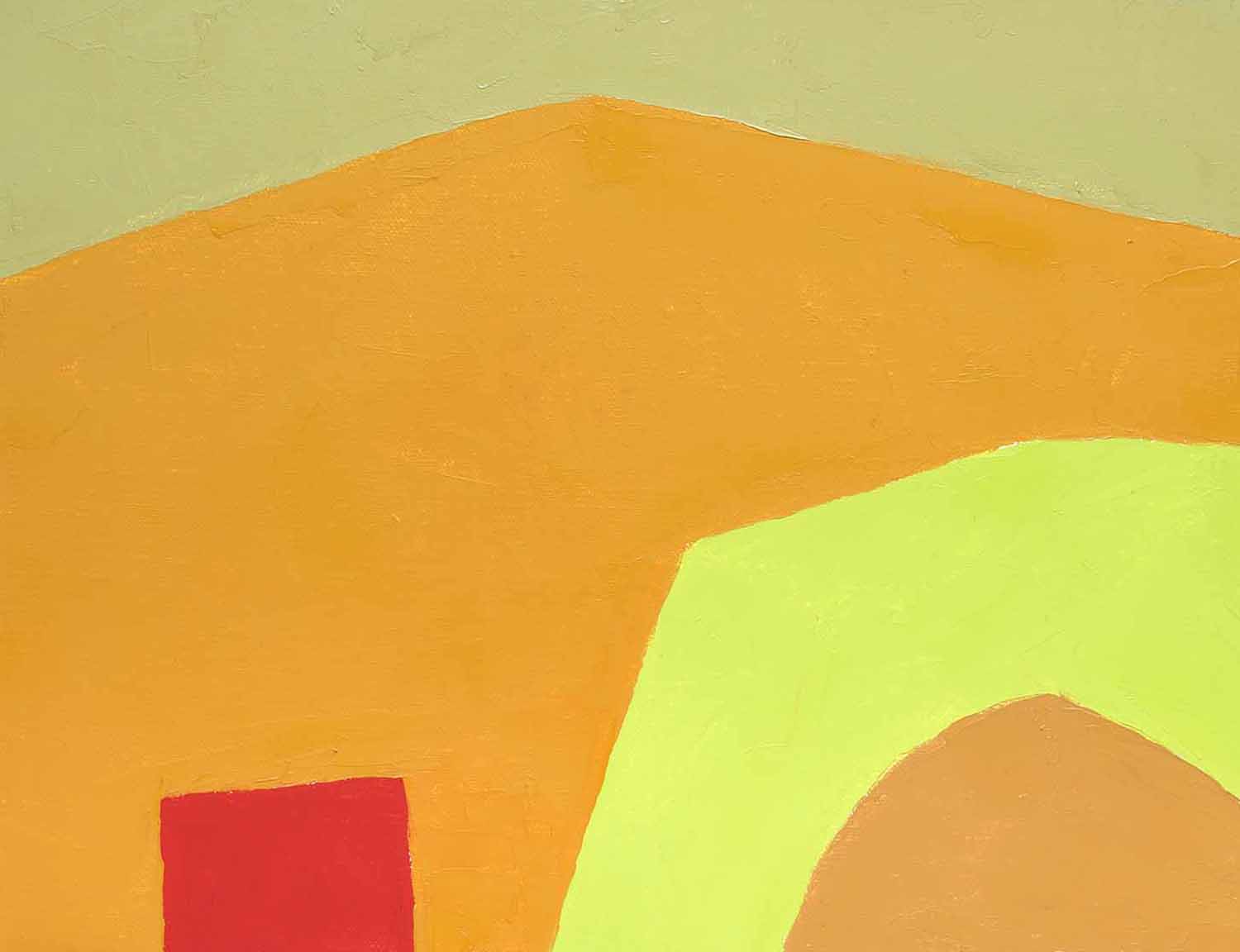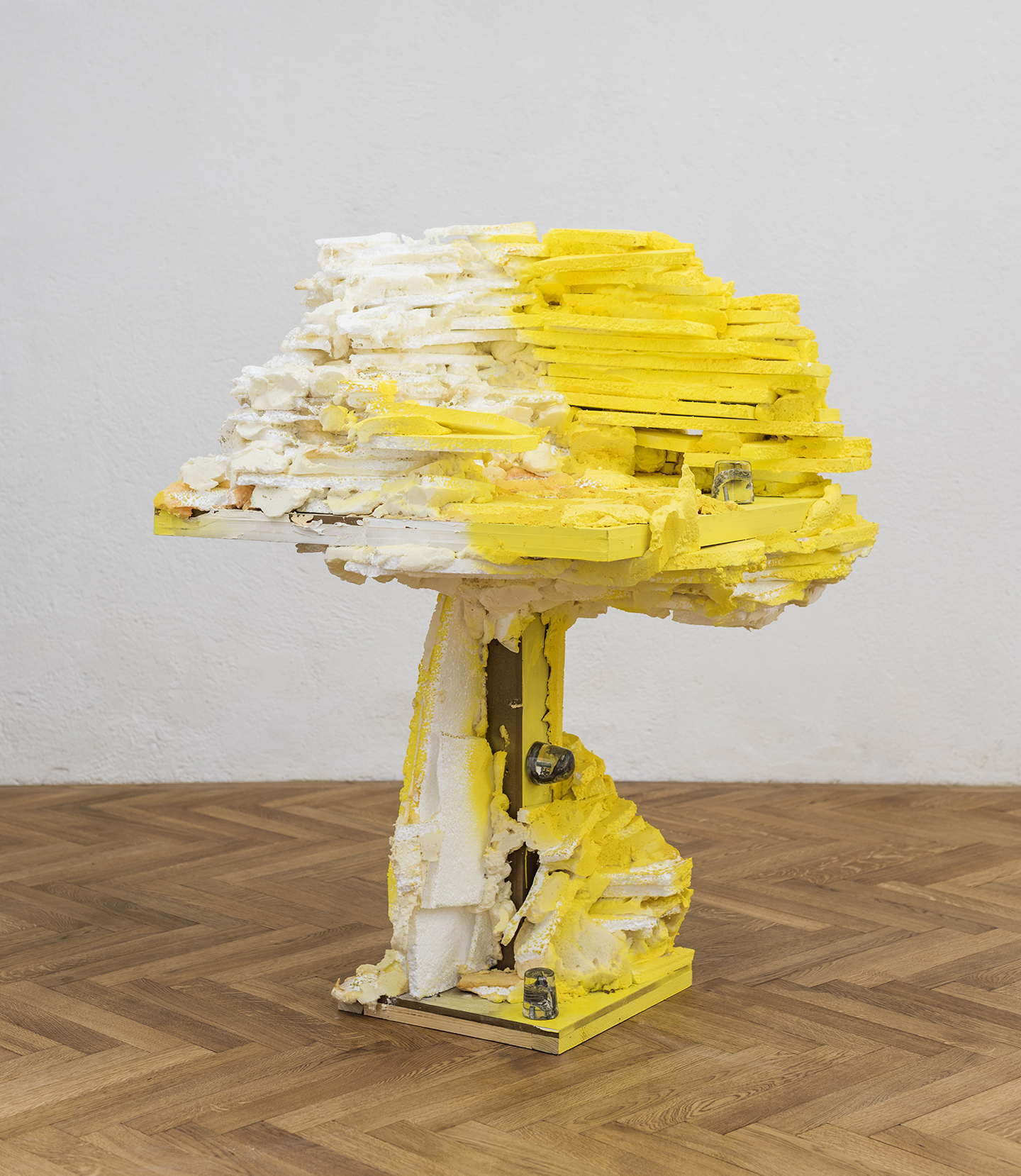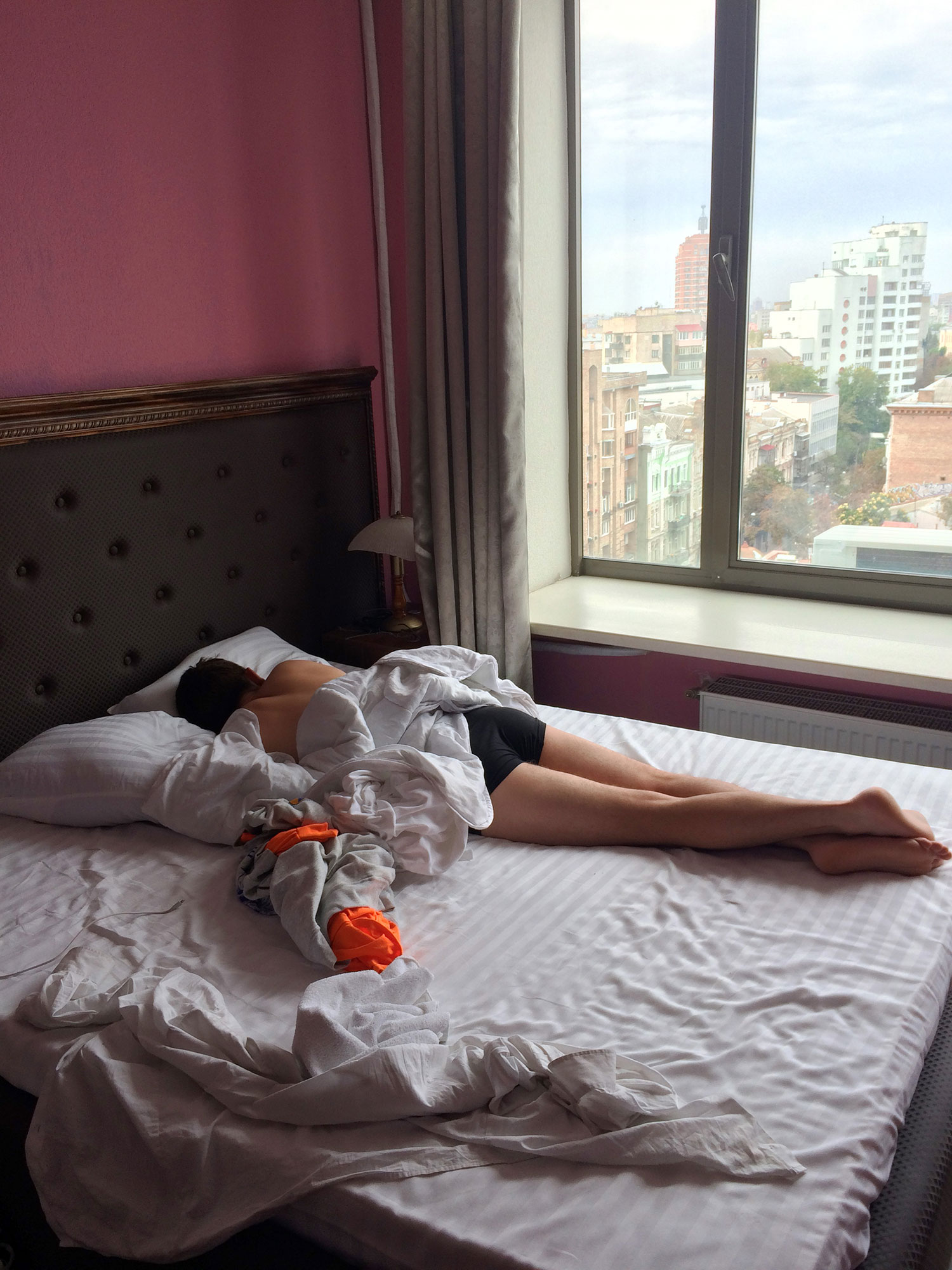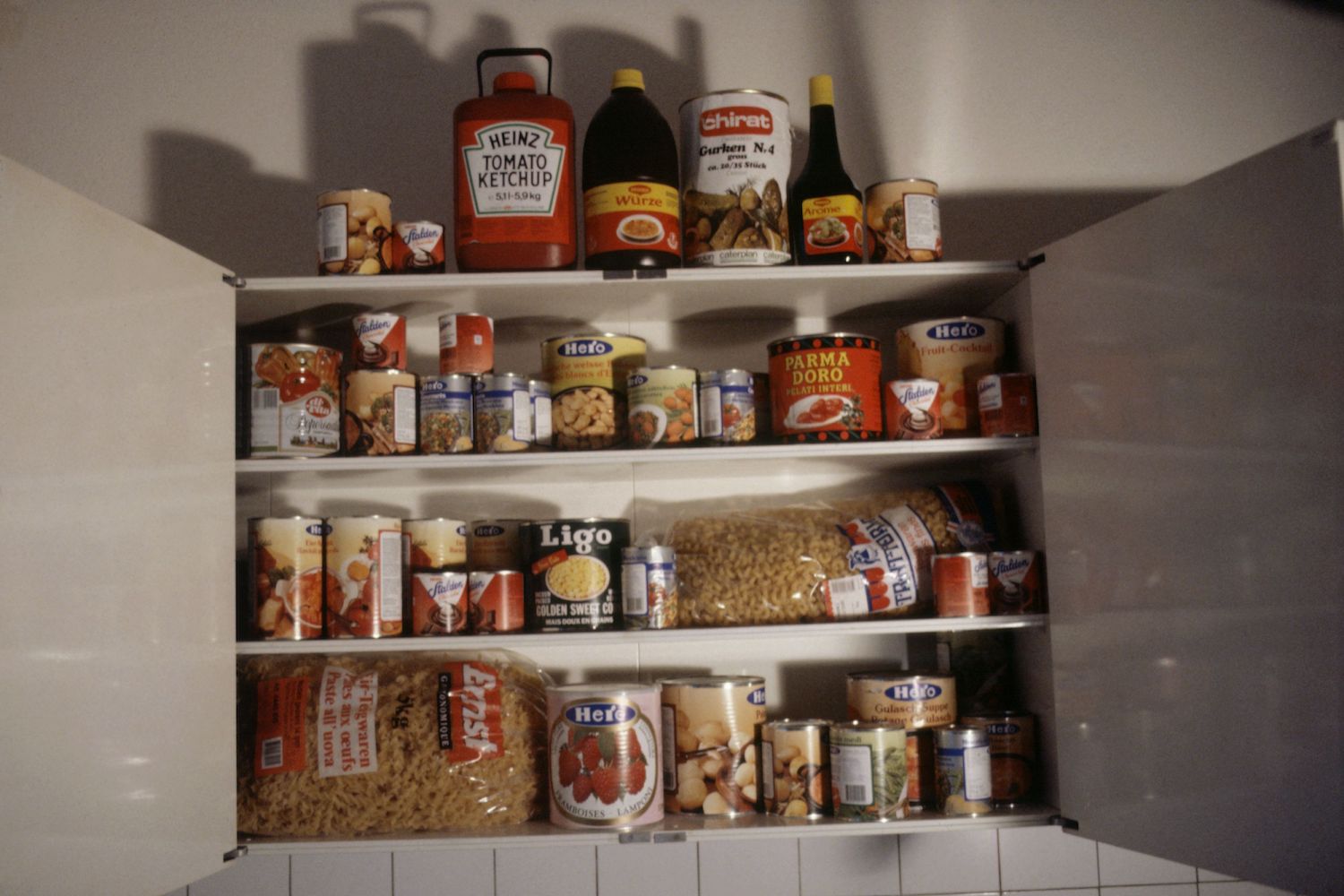A column conceived by Hans Ulrich Obrist on his “unrealized projects”. Spanning from exhibitions to publications, from recordings to interviews, this section came to life after a conversation between Flash Art editors and Hans Ulrich Obrist on his archive of unrealized projects. ‘Sometimes’ he claims ’projects that do not happen are more than the ones you manage to accomplish. For many reasons’.
We are honoured to publish a series of “unaccomplished projects” in order to open possible parallel realities to explore.
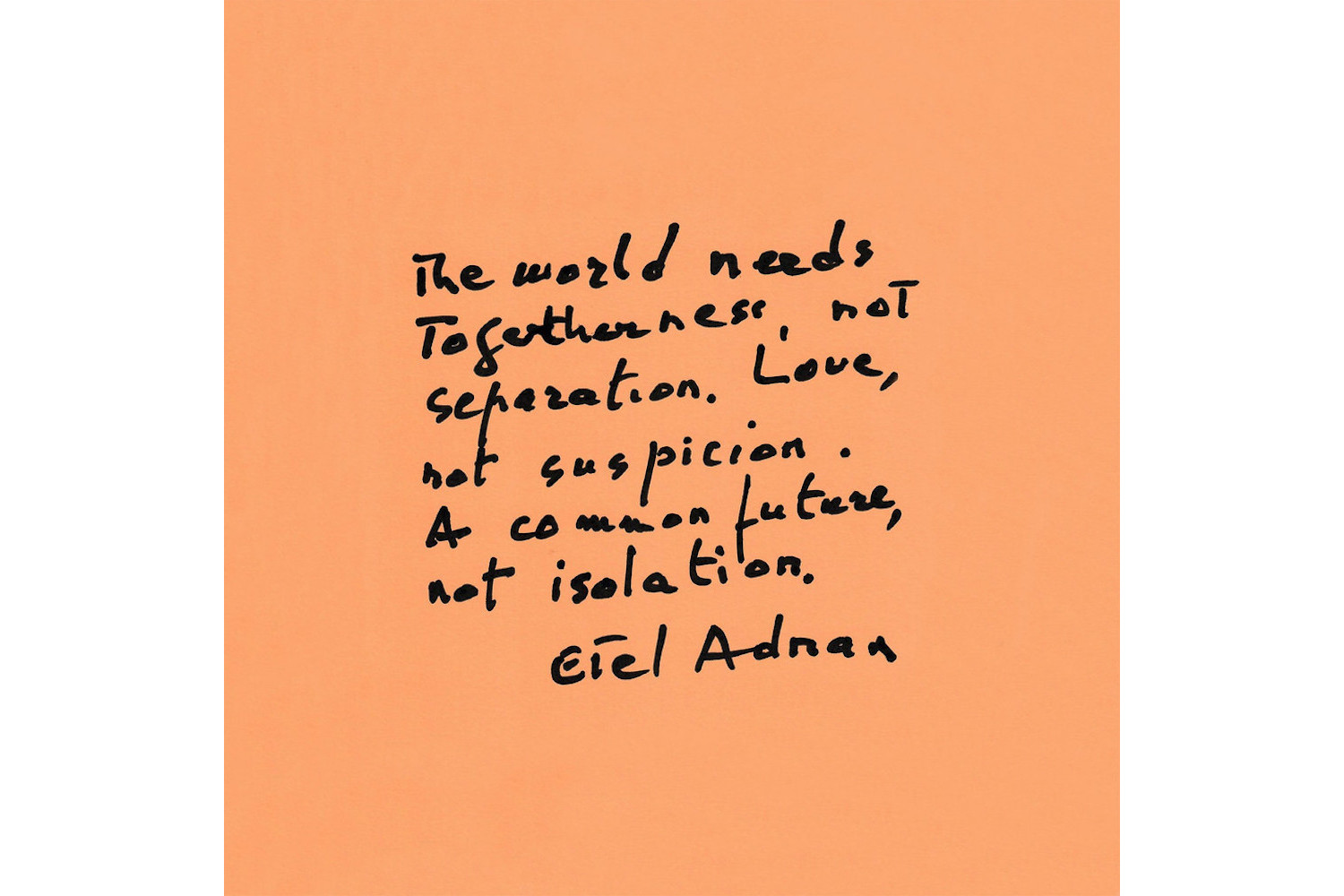
I have known my friend Etel Adnan for more than ten years. Etel has so many dimensions to her. She once told me that “there is something that links all of the different things. It’s what we call our person. There is a link that we don’t do purposely; it’s there. It’s your sensitivity. It’s your identity. It’s one person in different rooms. Every artwork is a window into this world that only art can access. You can’t define these worlds. They are epiphanies, visions.” That’s exactly what I felt when I saw one of her leporellos for the first time in 2007, which is how it all began. It was a tiny Japanese folding book that could get very big when it was expanded. I was magnetically attracted — I cannot explain why — to the energy. It was marked with a combination of her handwritten poems, drawings, and signs. It brought together art and poetry in almost a Paul Klee way, which made me think of these memories from my childhood in Switzerland where growing up I would always see Paul Klee drawings. But of course it was also very different from Klee: there was writing in different languages so it was multilingual; it was folding; and there were these abstract signs.
The next day I went back to London, and I ordered every single book of hers that I could find. I was just obsessed with this leporello and I needed to know everything about Etel Adnan. The first one that arrived was Sitt Marie Rose: A Novel (1978), which is her masterpiece about the Lebanese Civil War. And then The Arab Apocalypse (1989) came, which is a deeply political text. And so I was fascinated, because I thought: she does these leporellos, she does these amazing little paintings, which are like talismans of positive energy, they are so optimistic, and then at the same time the literature is very dark, it’s about war, but it all comes together in these different rooms of her mind. And then I ordered many more books: Sea and Fog (2012), Seasons (2008), Of Cities and Women (1993), Paris, When It’s Naked (1993), Night (2016),The Spring Flowers Own and the Manifestations of the Voyage (1990), Surge (2018), Time (2019), The Sun on the Tongue(2018), In/somnia (2002), Premonition (2014), There: In the Light and the Darkness of the Self and of the Other (1997),In the Heart of the Heart of Another Country (2005), Master of the Eclipse (2009).
There are many dimensions to Etel Adnan. Born in Lebanon, she studied philosophy in Paris and continued her studies in the states at UC Berkeley and Harvard, later teaching in California. In those early years in California she made abstract tapestries, and then when she returned to Lebanon in 1972 she was also a political journalist writing for two daily newspapers. Five years later, when she went back to California, she fell in love with a mountain, Mount Tamalpais, which is as important for her as Mont Sainte-Victoire was for Cézanne. It’s the subject of another one of her amazing books, Journey to Mount Tamalpais (1986). She wrote that when she moved to Sausalito near San Francisco. Mount Tamalpais became her house; it was no longer a mountain but an absolute, her best friend. Which I love — the idea that your best friend can be a tree or a mountain. And then of course she also made these filmic snapshots. She made more than seventy of them on Super 8, of the sea, the sun, and the sky, and she made these incredible drawings of bridges. She also worked in the theater world and collaborated with Robert Wilson, and in music, where she collaborated with Gavin Bryars. So all of these artworks — and the list is long — are really part of one Gesamtkunstwerk. There are cartographies, drawings, films, librettos, notebooks, novels, plays, political journalism, teaching, sculptures, public art. For Etel, “decent or beautiful public work is democratic, because even a poor person can walk in a beautiful environment and have his spirit uplifted. We badly need public work.”
Etel once made a drawing of a weeping tree, a literal representation of the pain human destruction has inflicted on the earth. Trees are always very important for Etel. She talked a lot about trees during the lockdown. She said, “The trees have come back to life. Stopped crying. Like we will all do. Times are hard. But in the 1960s we were singing we shall overcome and we did. Good things repeat themselves like spring does.”
So obviously I wanted to know what the project she had not yet realized was because I always ask this question with the intention to help artists realize it. I’ve asked her this question many times, and whenever I ask we return to architecture, because at the beginning of her life Etel’s dream was always to be an architect. But Etel was born in 1925, and, as she explained to me, it was very difficult for women to become architects in the 1940s, and later on there was the civil war. Etel always had a great passion for Zaha Hadid. Etel wrote that Zaha’s architecture “has a poetry, a spirituality, such that in sheltering us, it makes us dream, it sets us off on a journey.”
In all our conversations Etel would tell me her dream or unrealized project was to become an architect, but she would never go further. So I asked her if there was an architecture project she would like to realize. It took a long time for her to reveal to me what her unrealized project really was, and she wanted to write it down. She said, “I want to be precise. All I can tell you is that it’s a house. I want to design a house.”
Etel wrote:
Dear Hans Ulrich,
Here is the plan of the house as promised. It would be good if it is on land with trees or a forest. The walls are in brick or glass as stated. There are no windows but doors which are long and vertical and work like windows. Each square represents one meter. There is an open terrace that is brick, there is an atelier workshop which leads to a kitchen which leads to a bedroom which leads to a deck. Its roof is in wood, flat, covered with a pointed roof which is in blue tiles.
I hope, I wish, you like it.
Much love,
Etel
The house is so much about how to live, or how to live together. The way Etel sees it is that “we live in a world of separation but we need togetherness. We live in a world of suspicion but we need love. We live in a world of isolation but we need a common future.” So it’s also a house of togetherness, of love, and for a common future. It made me think of this wonderful book of Roland Barthes’s lectures from a seminar he did in the late 1970s, How to Live Together. In this work, Barthes traces novelistic representations of everyday spaces through five texts to develop his concept of “idiorrhythmy,” a productive form of living together in which one recognizes and respects the individual rhythms of the other. There’s also the question: Can a house be a mechanism for idiorrhythmy?

